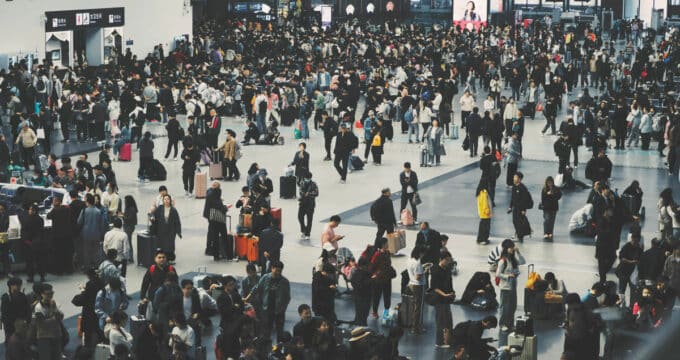South Korea aims to attract 300,000 international students by 2027
- The South Korean government has announced a plan to significantly expand the country’s foreign enrolment through the rest of this decade
- It will use a combination of incentives including scholarships, lowered language and visa requirements, and an easier pathway to permanent residency for master’s and doctoral students
- Associated goals are diversifying the international student population to include more Indian, Pakistani, Polish, US, and Indian students – particularly in STEM programmes
The South Korean government has announced a plan to attract 300,000 foreign students by 2027. The plan, known as the Study Korea 300K Project, is tied to Korea’s need to fuel its economy with high-skilled workers and to the government’s understanding that the competition for the world’s top international students is intensifying. At the same time, the high-school-aged cohort of Korean students is rapidly declining, adding additional urgency to the plan.
International enrolments in the country have been on the rise – total enrolment reached 207,125 as of June 2023 with year-over-year growth of 17.6%. Even so, the goal of 300,000 would represent an increase of about 30% over five years, and it reflects the Korean government’s ambition to be one of the world’s top 10 study abroad destinations by 2027.
Korean universities have for the most part welcomed the news – and many are already used to large numbers of international students on their campuses. For example, international students made up more than half of the total student population in 15 graduate schools in Korea in 2022. However, some are nervous about an upcoming plan to reduce language requirements for international students applying to Korean universities.
More scholarships
To achieve the target, the government is focusing on increasing the quota for government scholarships (Global Korea Scholarships). Two goals are to prioritise students applying to study in STEM fields (scholarships for these students are to double from 1,335 last year) and to encourage students to enrol in universities outside of Seoul. To enhance their competitiveness, Korean universities are being urged to expand English-medium instruction.
Scholarships will also be targeted to individual countries – for example, quotas will be increased for Polish and Emirati students interested in defense and nuclear technology. India and Pakistan are also slated for increased quotas given strong demand for STEM programmes in these countries.
The focus on STEM – and on new priority countries – is also intended to correct an overreliance on students coming from China, Vietnam, and Uzbekistan. According to University World News, those three countries account for two-thirds of the current quotas for international students, and most students coming from them are enrolled in humanities programmes.
In addition to the scholarships reserved for STEM students, 6,000 will go to students electing to study in non-science programmes.
Work opportunities and permanent residency
To further boost demand for Korean higher education and to entice international graduates to stay in Korea after graduation to work, the government plans to fast-track the permanent residency applications of international students graduating with Korean graduate and postgraduate degrees. Currently it takes six years for eligible students to obtain permanent residency; this will be halved from six to three years.
Reducing language barriers
The government has considered revising its International Education Quality Assurance System by making it more lenient in terms of the levels students must achieve on the Test of Proficiency in Korean (Topik), for example, by allowing entrants to hold only Level 3 proficiency.
Some university stakeholders are not keen on more leniency in this regard. A director of international student affairs at a university in the Gyeongsang region told Korea JoonAng Daily:
“We ask our applicants to have TOPIK level 4 or above, but professors who have interviewed the international students say the applicants lack in both Korean and English proficiency. Over half of the applicants are turned down, and there needed to be a certain language standard.”
A Chinese student studying in Seoul noted that “TOPIK level 3 is basically just kindergarten-level Korean. For level 3, you are taught to ask how much things are at a supermarket, and it's difficult to keep up with the classes [at that level].”
Other incentives
Along with scholarships, reduced language requirements, and an easier pathway to permanent residency, the minimum bank balance students must have to receive a visa will be lowered and students will be allowed to work more hours while studying in Korea.
Asian competition
Academics speaking with University World News noted that Korea is facing stiff competition from Japan and Taiwan. These countries are also racing to attract international students to STEM programmes, using incentives like expanded English programming and streamlining the pathway to permanent residency.
For additional background please see:


















